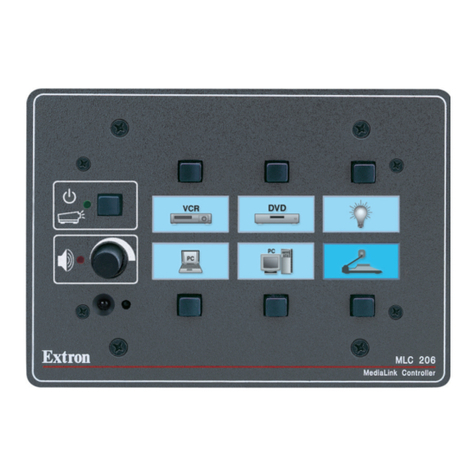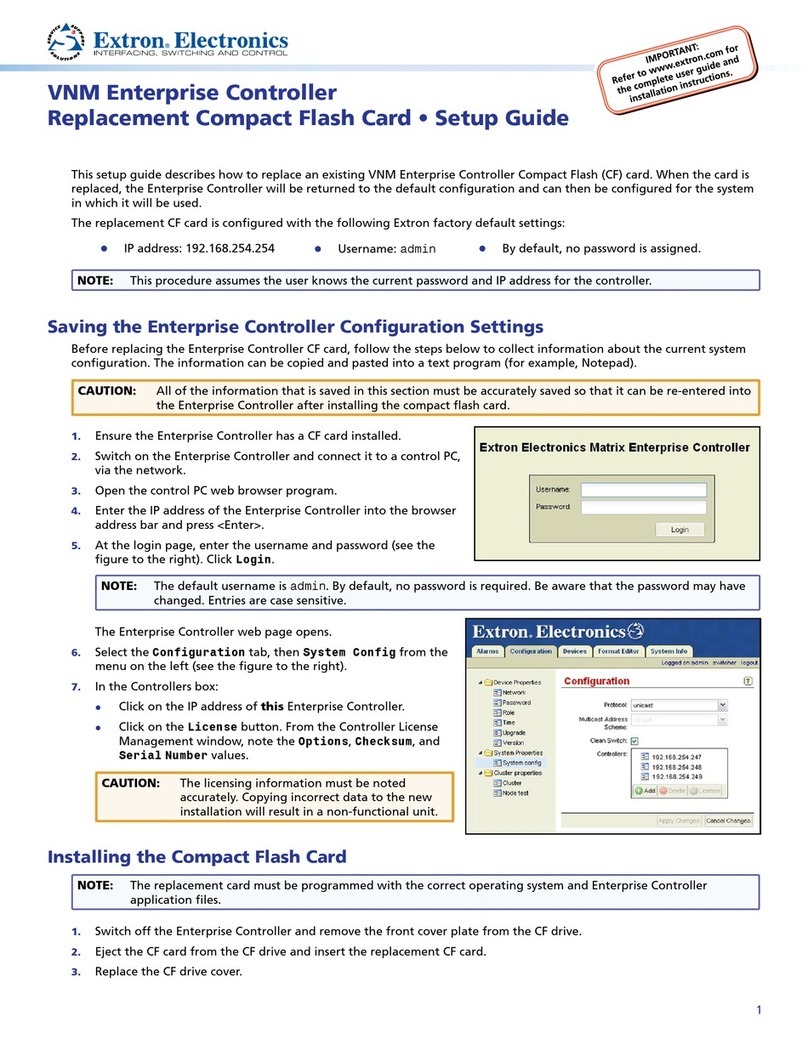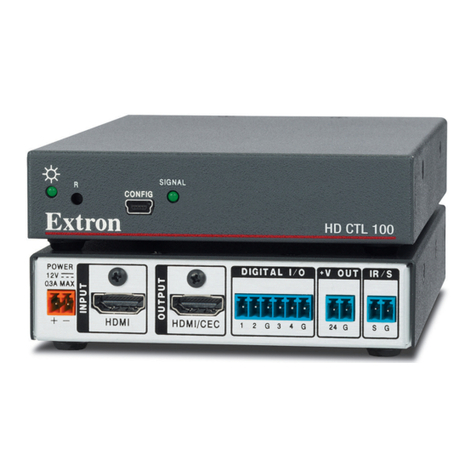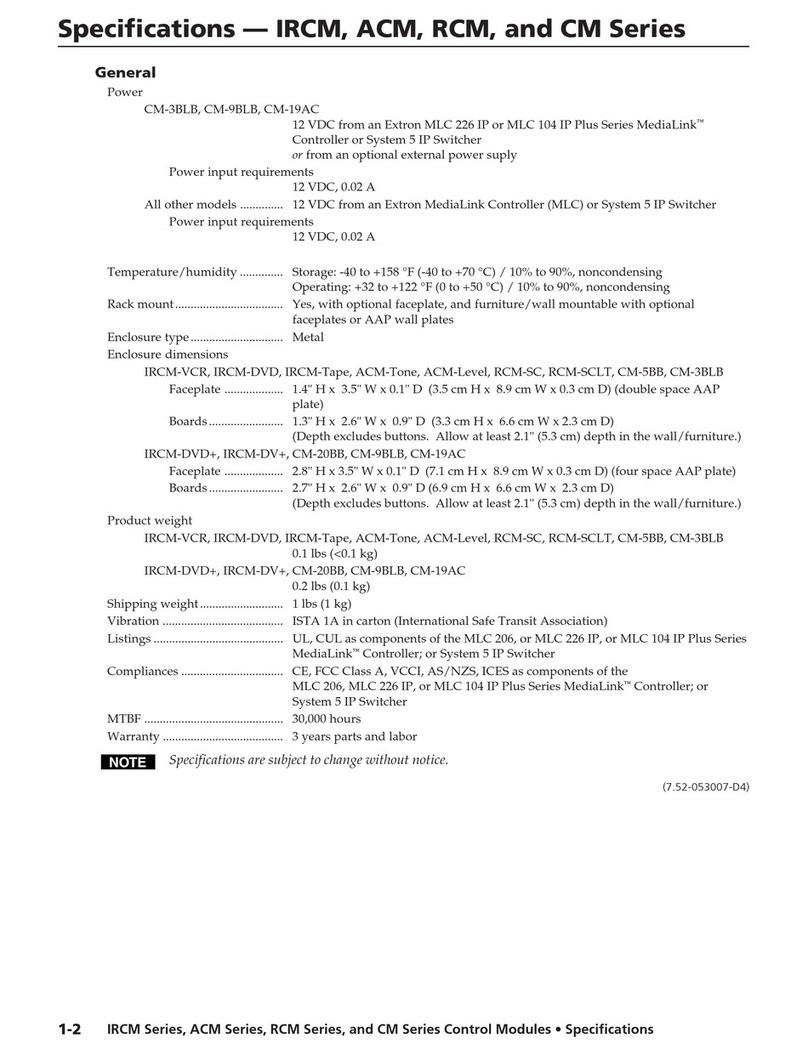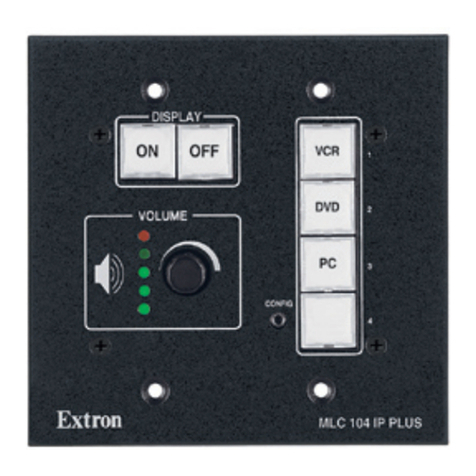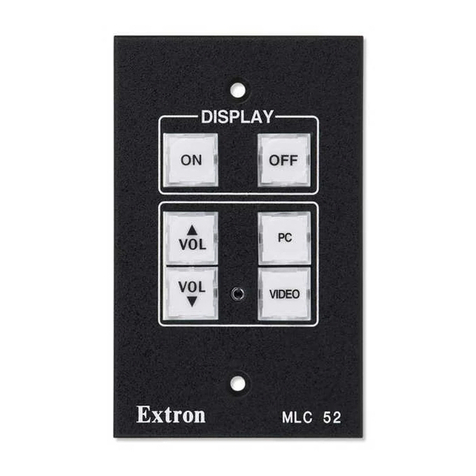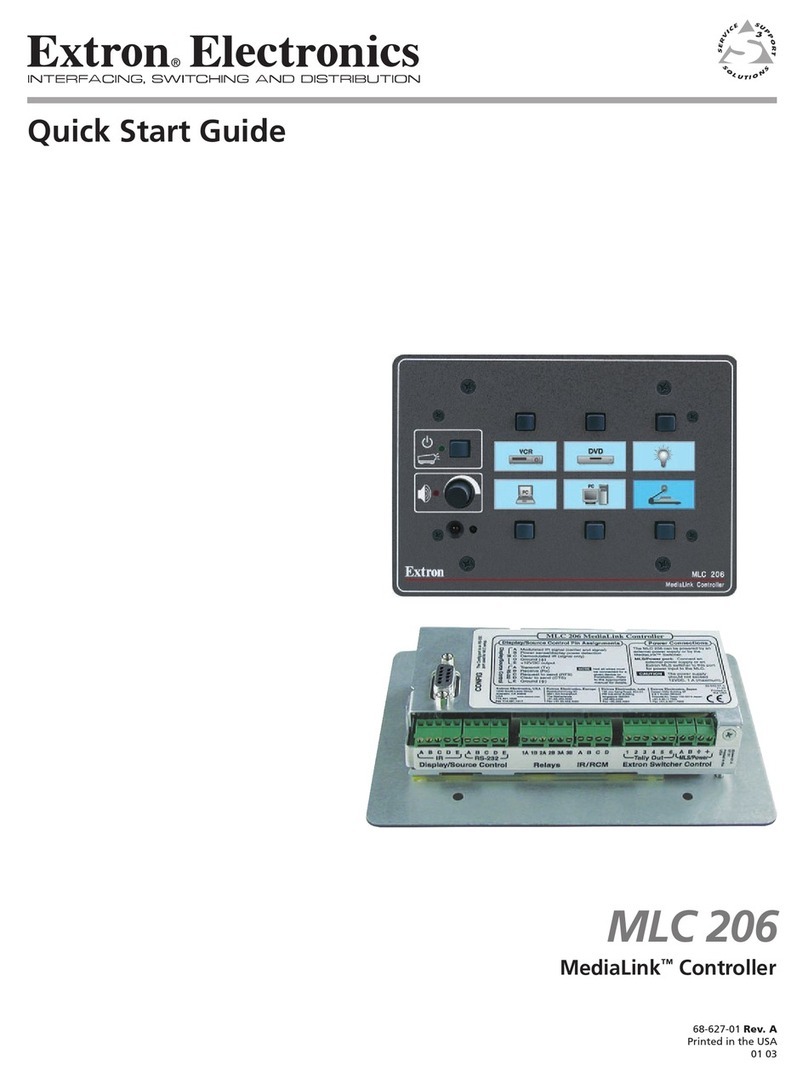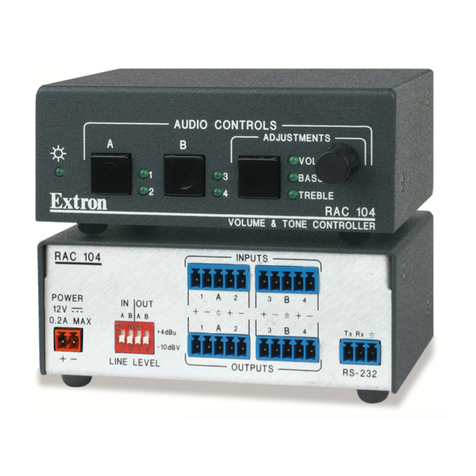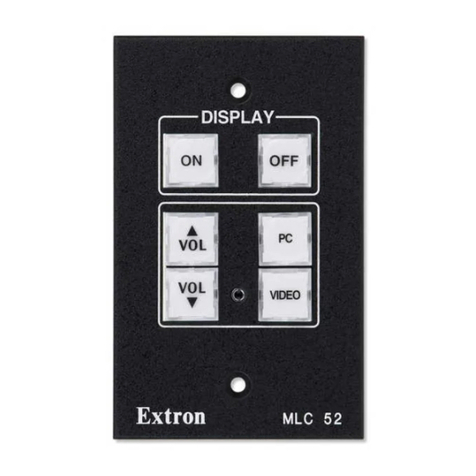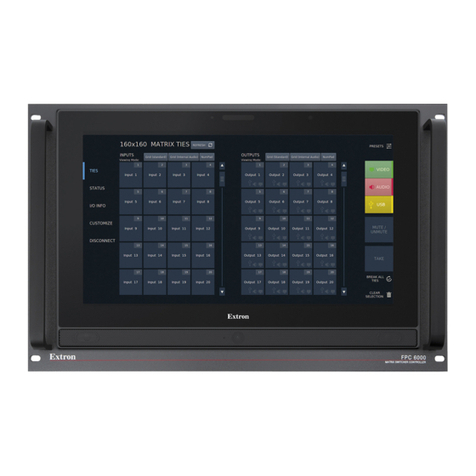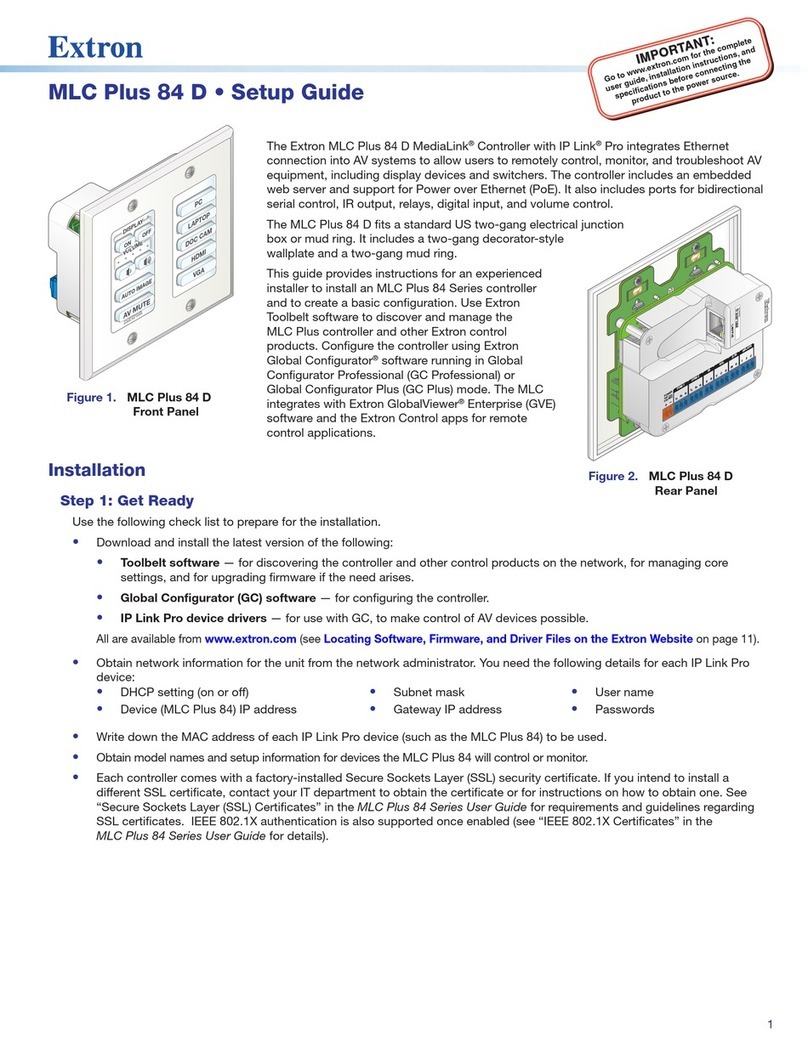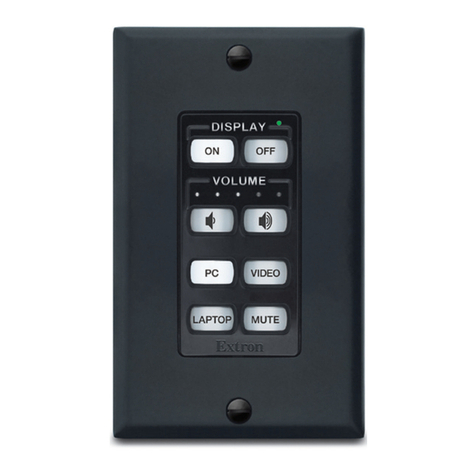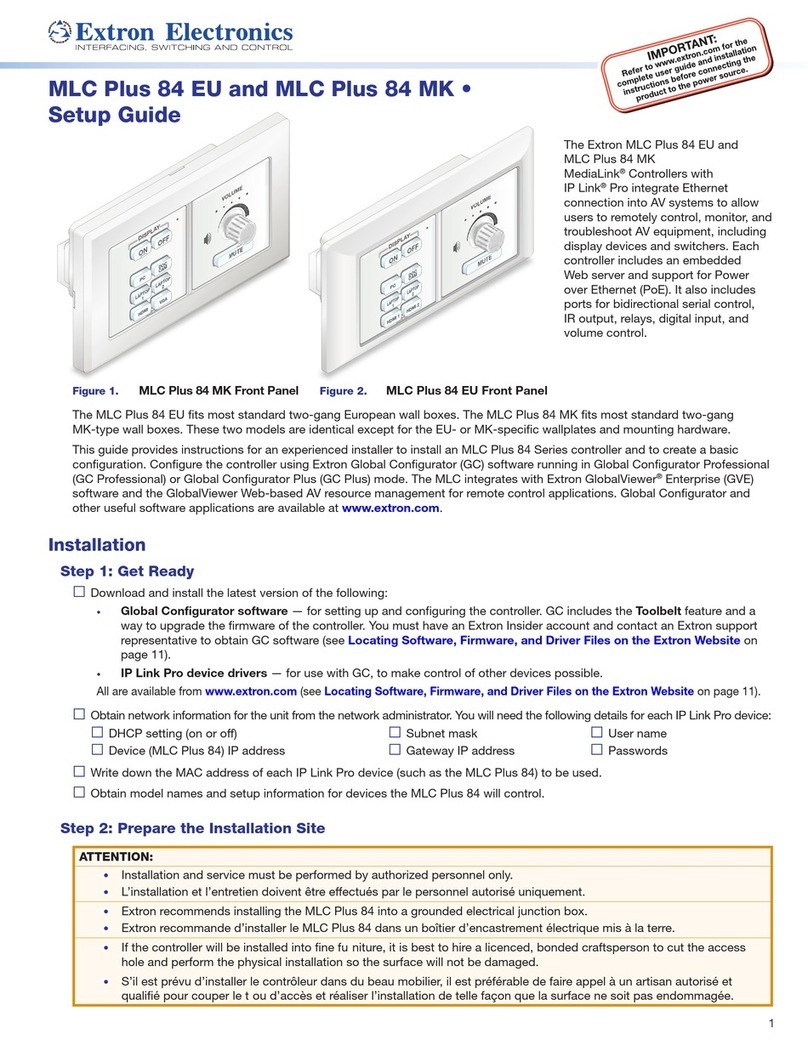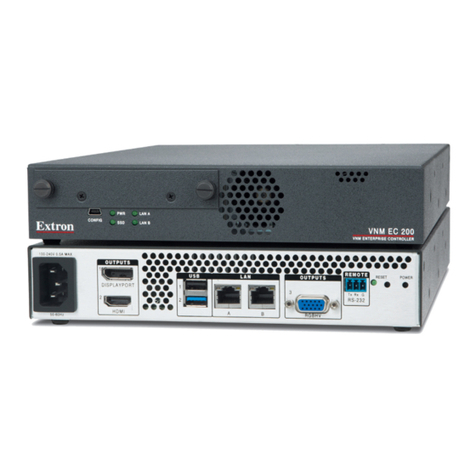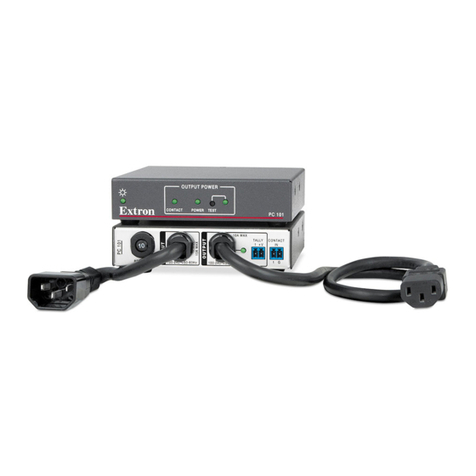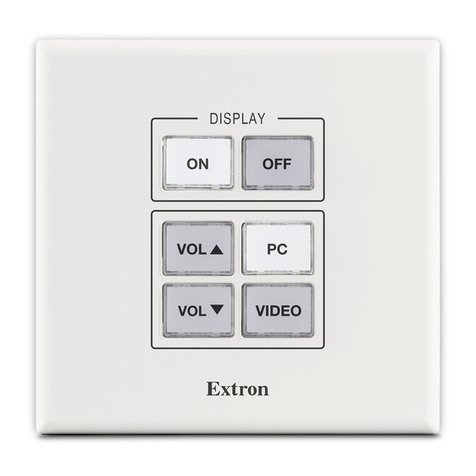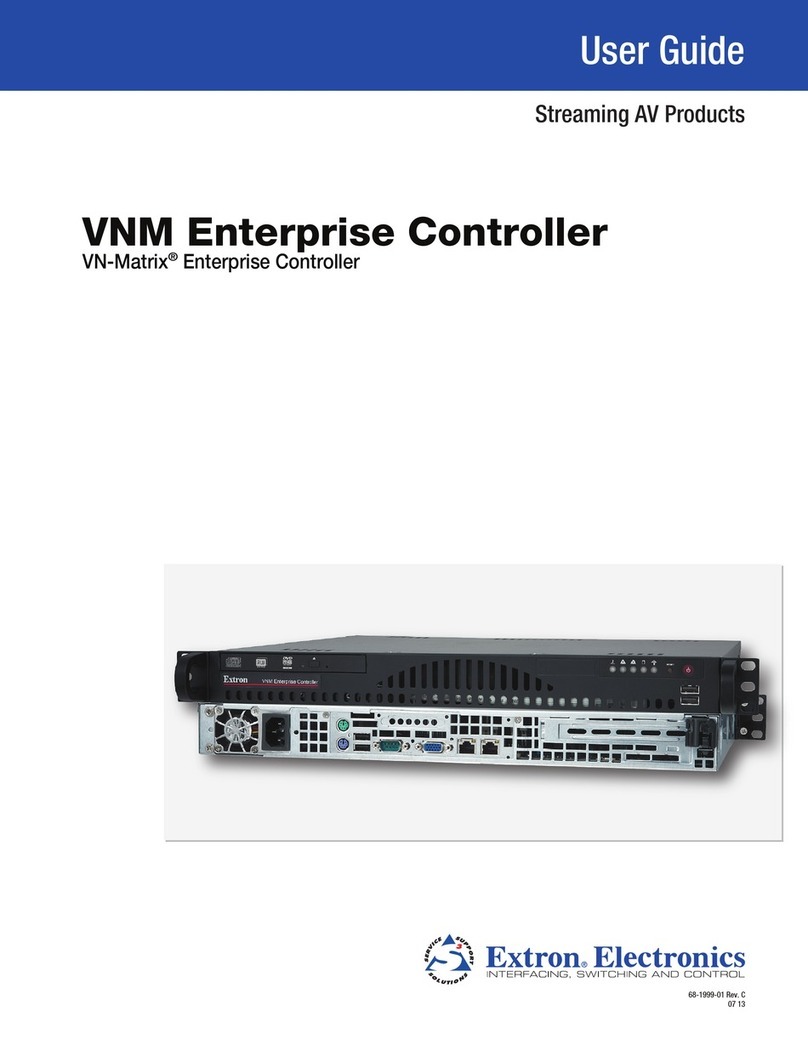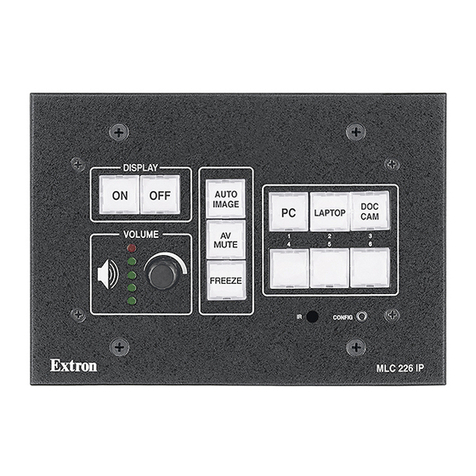
8
MLC Plus 50/100/200 Series • Setup Guide (Continued)
Step 5: Set up the MLCPlus for Network Communication
1. Connect the PC that you will use for setup and the
MLCPlus to the same Ethernet subnetwork. For LAN
connections for the MLC, see Control and power —
LAN (Ethernet) and PoE on page6.
2. Start Global Configurator and use the Toolbelt feature
of the software (or use the stand-alone Toolbelt
program) to set the IP address, subnet, gateway IP
address, DHCP status, and related settings. Network
setup is essential prior to configuration. Use the
flowchart at right as a guide to setting up the controller
for network use.
NOTE: When setting up DHCP during network
configuration or if using a host name instead of
an IP address during project recovery, the user
must enter a qualified host name (HostName.
Domain).
For example: somename.somedomain.com.
Step 6: Configure the MLC Plus
The most basic steps are outlined below in the recommended order.
NOTE: See the Global Configurator Help file as needed for step-by-step instructions and detailed information. The help file
for GC includes an introduction to the software, and how to start a project and configuration.
1. Using GC, create a new GCPlus or GCProfessional project and configure the controller and any installed IP Link Pro
devices. The configuration tells the controller how its ports function; how to control other products; what to monitor; when to
do things; and whom to notify, how, and under what circumstances.
a. Configure ports on the controller.
• Select device drivers and link them to each assigned serial, IR, or Ethernet port.
• Configure settings (serial protocol, relay behavior, digital input, volume control settings) as needed.
b. Set up monitors, schedules, macros, and local variables.
c. Set up the front panel buttons: assign appropriate commands and actions, macros, timers, local variables monitors, or
feedback to the buttons.
2. Save the project.
3. Build and upload the system configuration to the controller.
Step 7: Test and Troubleshoot
1. Test the system.
• Press buttons and ensure the buttons light as desired and that the appropriate control commands or functions are
triggered.
• Ensure that the audio output responds correctly to the volume knob or button. Also ensure that
the volume LEDs light correctly as you increase or decrease the audio gain.
• If the controller is connected to a network, ensure that the yellow Activity LED and
green Link LED on the LAN/PoE port light.
2. Make adjustments to wiring or configuration as needed. Remember that the rear
and side panel ports will not be accessible after the controller is mounted.
Step 8: Complete the Physical Installation
1. For AAP models, attach any optional AAP devices or blank AAP plates to the
metal AAP bracket as shown in figure 5 at right. Insert the built-in screws of the
AAP device through the holes in the metal AAP bracket and hand tighten to
fasten them to the bracket with the provided nuts.
NOTE: You must purchase AAP devices and plates separately. They are not
provided with the MLC.
• Place the AAP devices as close together as possible. Do not leave gaps
between devices.
Connect the controller and PC to the same LAN and apply power.
Open the Toolbelt software or open the Toolbelt utility in
Global Congurator.
Use Toolbelt to display a list of MLC Plus units and all other
IP Link Pro devices connected to the network.
Using the MAC address, locate the desired device
in the list and select it.
MLC Plus
Network Communication Setup
Enable DHCP or you must type in the IP address, subnet address,
and gateway; then congure other network settings as needed.
Figure 5. Network Setup
VGA
HDMI VGA AUDIO USB
Figure 6. Attaching AAP Devices
or Blank AAP Plates to
the AAP Bracket
